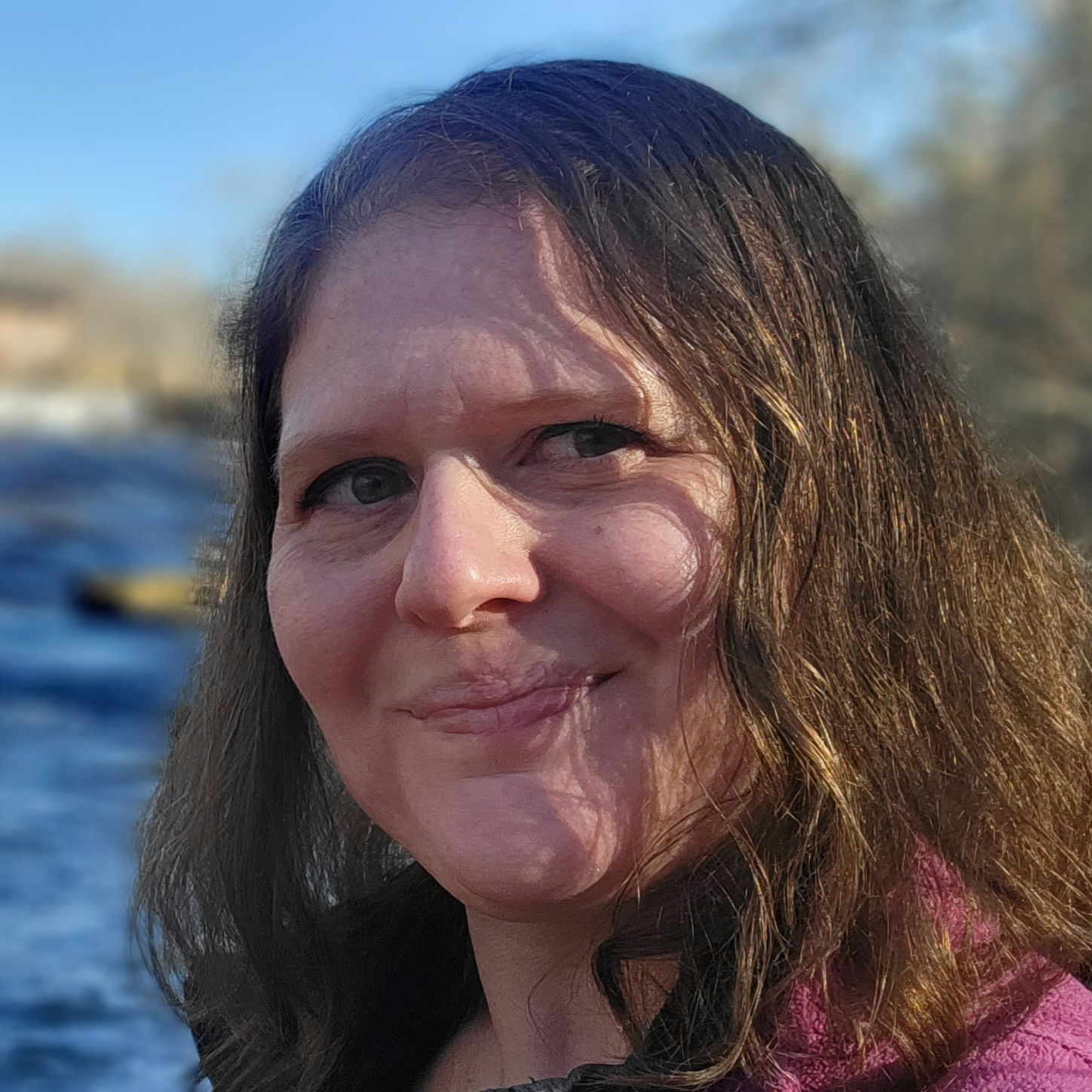My Everglades Adventure - Part One
- Amy B

- May 12, 2022
- 4 min read

There are certain National Parks every American could name – the Everglades is near the top of that list. However, unlike some of the others (the Rocky Mountains, the Grand Canyon, Arches, Glacier, you get the idea), how many of those people could tell you what exactly the Everglades entailed? I certainly couldn’t!
Most of us would say that it’s a big swamp filled with alligators, right?
We would all be wrong in that assumption!

First, they (and when I say they, I mean the park rangers) get a little (or a lot) annoyed when people call it a swamp – it’s a wetland – the water moves. It’s nicknamed “River of Grass.” Though in our defense, most dictionaries define it using the word “swampy” (they really should correct that).
But the question still stands, if it’s not a swamp what even is it (cuz “wetland” is pretty non-specific) and why bother visiting?
I’m not going to dignify the second question with a response, because the question should be why not (shoot, I ended up responding to a dumb question, please ignore).
I spent my time – which started as a planned two days but expanded to three – in the Everglades answering the first question, because as Ranger Olivia (potentially the coolest park ranger ever) stated: “The Everglades are everything you expect, and nothing like you expected.”
To really experience the Everglades I did not one, not two, but four ranger-led programs. First, they were free, but also, they had some pretty cool ones on offer!
But I’m getting ahead of myself, as usual. I need to set the scene a little. I booked one night in the each of the two campgrounds, mostly because the park is huge and the drive from the gate to the end of the road (and the lower campground) is about 45 minutes. Random side note, most of the park is a completely untraversed wilderness, so is truly wild and untouched by humans!
My first day I explored on my own, hiking (more like walking really, I can’t call it hiking when the elevation change within the entire park rises only about 8 feet above sea level). What caught my attention immediately was the incredible variety of vegetation and landscape – (Don’t worry, I learned all about that from Ranger Olivia!) Yet, I can see how so many people could overlook the beauty of the park. Ranger Olivia (we were BFFs by the end of the trip) told us how one guy came into the visitor center and demanded to know what there was to “see” in the park, because he’d drive all the way in and back, and hadn’t “seen” anything. He’s kind of right, what makes the Everglades amazing isn’t in your face like the Grand Canyon (you know exactly what you’re looking at there, and it’s pretty impressive). The things in the Everglades that take your breath away are subtle and you have to stop and look to see them. This is not a drive-through park, but one that rewards those who take a moment and want to learn and discover its treasures.
As you can tell, I drank the Kool-Aid and am a convert.
Day two consisted of three different ranger programs. First thing in the morning I pulled out my bike and headed out with a fun group of other adventurers into the heart of the upper section of the park. Because we were on wheels, we were able to really see the vast diversity in the “pineland” area of the park (yes, there are pine forests in the Everglades, bet you didn’t know that!). The number of things I learned and saw can’t be encapsulated without writing a dissertation, so here are the top five most interesting (to me):
There is an underground system of caves, accessible by sinkholes throughout the pinelands. They were created by the acidic, decaying pine needles and sitting water on top of the limestone bedrock! Unique plants and animals can be found in and around these holes and they serve as watering holes for the animals that live in the drier areas of the wilderness.

The cypress trees are Bald Cypress, a type of coniferous tree that drops its needles in the winter!
The Everglades is the only place (in the world) where you can find both alligators and crocodiles, as it is the most southern point where gators are and the furthest north where saltwater crocs can live!
There are nine distinct ecosystems within the 1.5 million arcs of the park, including mangroves, pinelands, sloughs (aka muddy, grassy, watery spots), estuaries (aka where the river meets the ocean), hardwood hammocks (aka high ground where hardwood trees can grow), and prairies. Within a square mile there can be several of the nine represented simply because of the rise and fall of the ground!
The native plants were basically built for fire! Did you know that fires are an important part of many ecosystems? Humans didn’t until the mid/late 20th century and so actively tried to stop them (which in turn caused worse fires!). Now many places, such as the Everglades use prescribed fires to stimulate the different habitats to flourish. The native plants don’t just survive fires but thrive because of it! Also, remember those sinkholes I mentioned? They provide a safe haven for animals when a fire sweeps through an area!
This is only a scratch on the surface of the Everglades!!!
Seriously, I ended up staying an extra day! And to get my full experience you’ll have to read part 2! (Coming Soon!)





















Comments